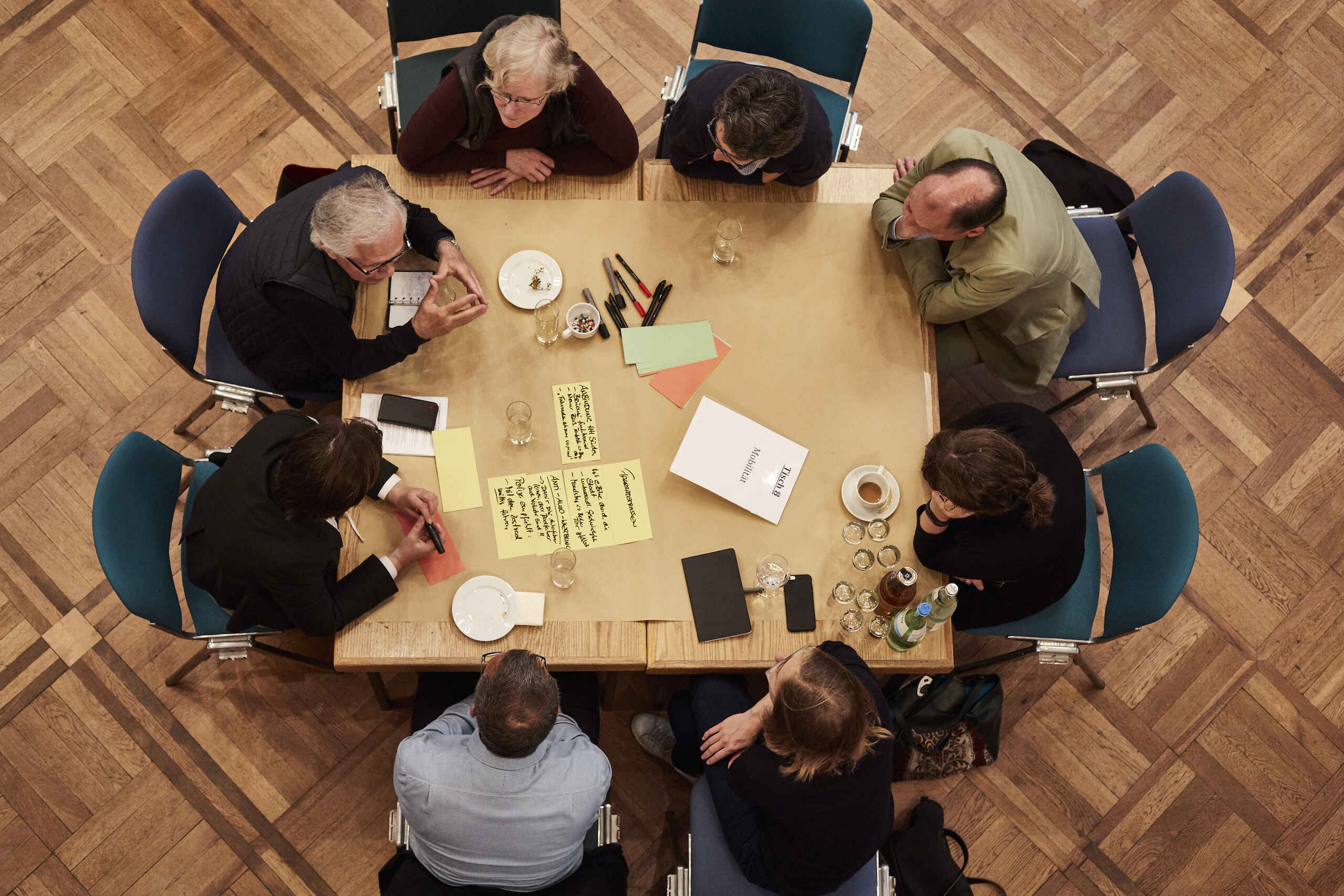
© Ina Mortsiefer
Mehr Grünflächen, eine modernere Innenstadtgestaltung und die Förderung des sozialen Zusammenhalts vor Ort – als Teil der Initiative „Deutschland besser machen“ möchten teilnehmende Städte zu einem Vorbild der zukunftsfähigen Kommune werden, in der Ideen und Wünsche der Stadtgesellschaft in den Mittelpunkt gestellt und Bürgerinnen und Bürger eng in den städtischen Entwicklungsprozess mit einbezogen werden.
Diese Städte sind 2024 dabei
Im Projektjahr 2024 laden wir Städte, Gemeinden, Bürgerinnen und Bürger ein, sich in ihrem Ort für eine lebendige Innenstadt für alle einzusetzen. In diesem Jahr wurden Blankenburg im Harz, Greiz, Herzberg (Elster), Homberg (Efze), Oberhaid und der Stadtteil Wanne in Herne zur Teilnahme ausgewählt.
Blankenburg im Harz
In unserer Stadt sollen sich Menschen jeden Alters wohlfühlen. Darum möchten wir mit Ihnen spannende Projekte für ein lebendiges Blankenburg für alle an den Start bringen. Eine gute Plattform hierfür bieten das Netzwerk „Engagierte Stadt“ und die Initiative „Deutschland besser machen – mit der zukunftsfähigen Stadt“ der Körber-Stiftung, in denen wir als Blütenstadt Blankenburg (Harz) ist seit neuestem Mitglied sind.
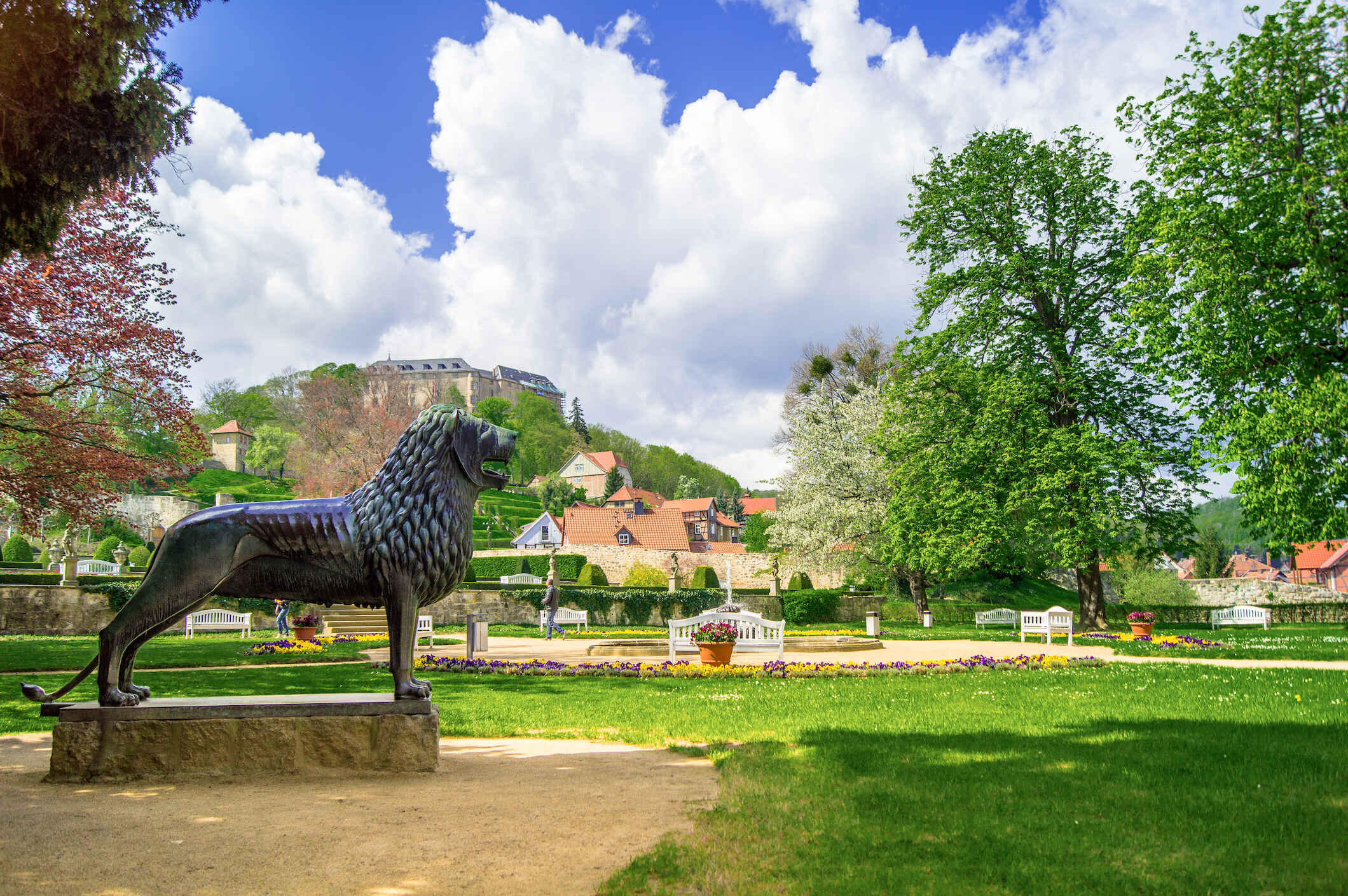
Greiz
Mit ihren etwas mehr als 20.000 Einwohnern, gelegen im idyllischen Elstertal, bietet die Residenzstadt des einst kleinsten Fürstentums Greiz, auch „Perle des Vogtlandes“ genannt, viel Abwechslung und Erholung.
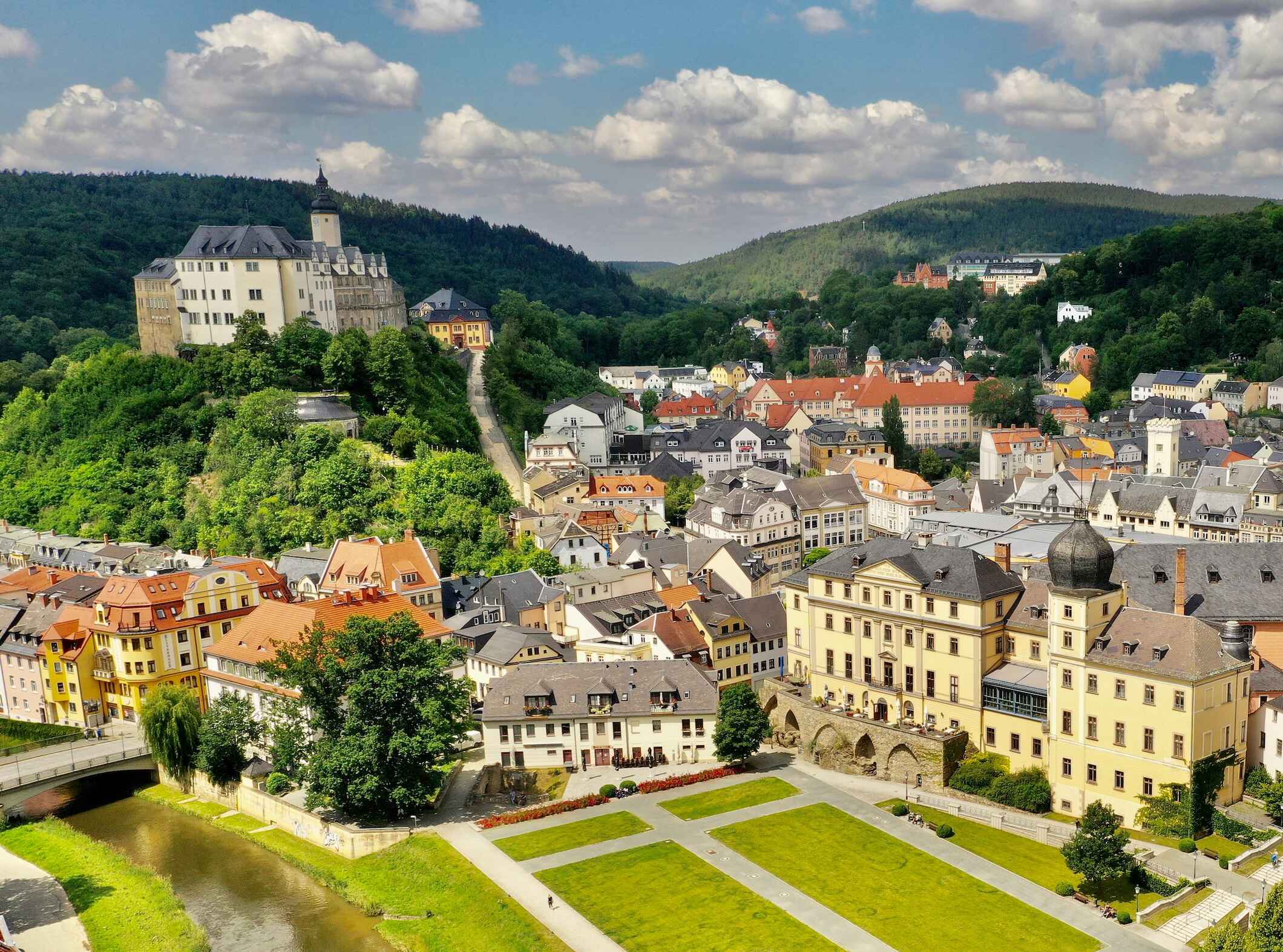
Herzberg (Elster)
Herzberg (Elster), im südwestlichsten Zipfel Brandenburgs nahe des Drei-Länderecks mit Sachsen und Sachsen-Anhalt gelegen, ist mit ca. 9000 Einwohner/innen Kreisstadt des Landkreises Elbe-Elster. Aufgrund ihrer peripheren Lage im Lausitzer Kohleausstieg-Gebiet und ihrer hochschulfernen Einordnung hat sie mit vielerlei Herausforderungen zu kämpfen, um den Abwärtstrend „Abgehangen sein“ entgegenzuwirken.

Homberg (Efze)
Homberg (Efze) ist eine Kleinstadt mit 20 Ortsteilen und ca. 14.500 Einwohnern im nordhessischen Schwalm-Eder-Kreis. Zentral in Deutschland und gut erreichbar für Einwohner:innen und Besucher:innen ist die Kreisstadt des Schwalm-Eder-Kreises inmitten der Natur des Rotkäppchenlandes gelegen. Im Nordosten der Stadt grenzt der Naturpark Knüll an, der zur Erholung einlädt.
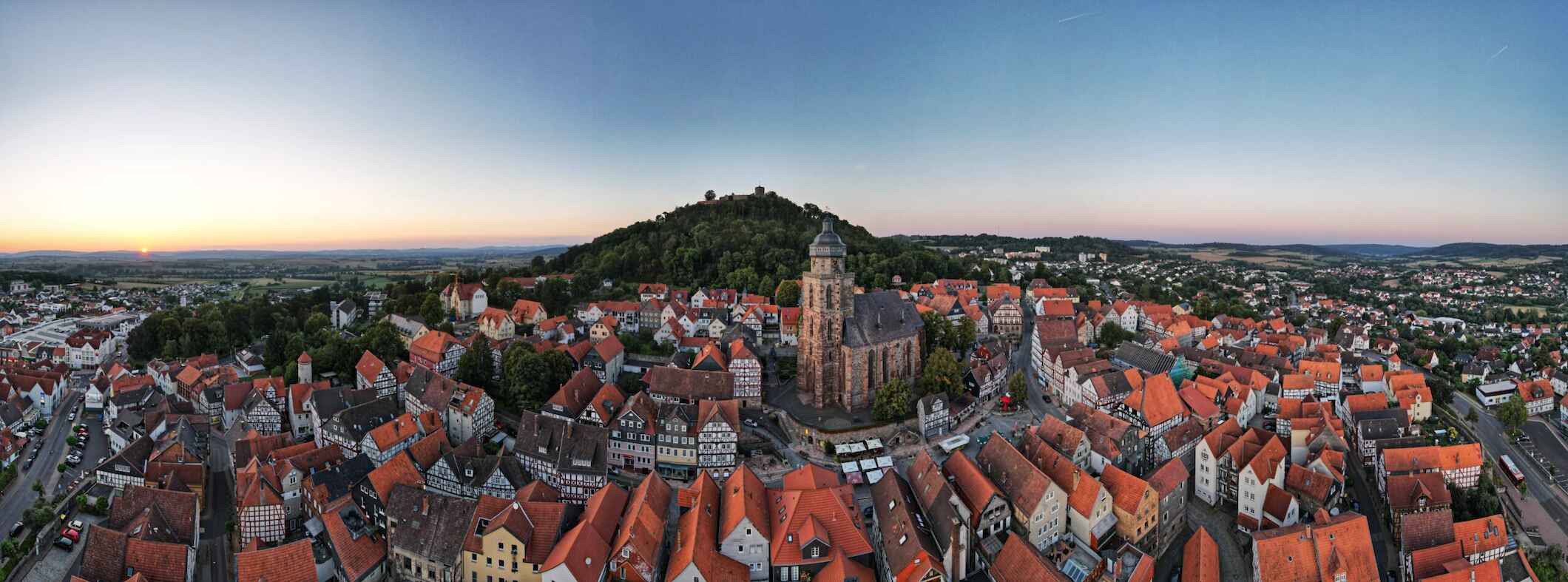
Oberhaid
Im Maintal zwischen Bamberg und Schweinfurt liegt Oberhaid verkehrsgünstig an der Maintalautobahn, an der Bahnlinie Würzburg – Bamberg und beheimatet drei Ortsteile, mit ca. 4929 Einwohner/innen – Oberhaid, Unterhaid und Staffelbach. Die Gemeinde bietet mit seiner guten Infrastruktur seinen Einwohnern und Gästen die besten Voraussetzungen für eine gute Wohn- und Freizeitqualität am Fuße der Haßberge und an der Grenze zwischen Wein- und Bierfranken.
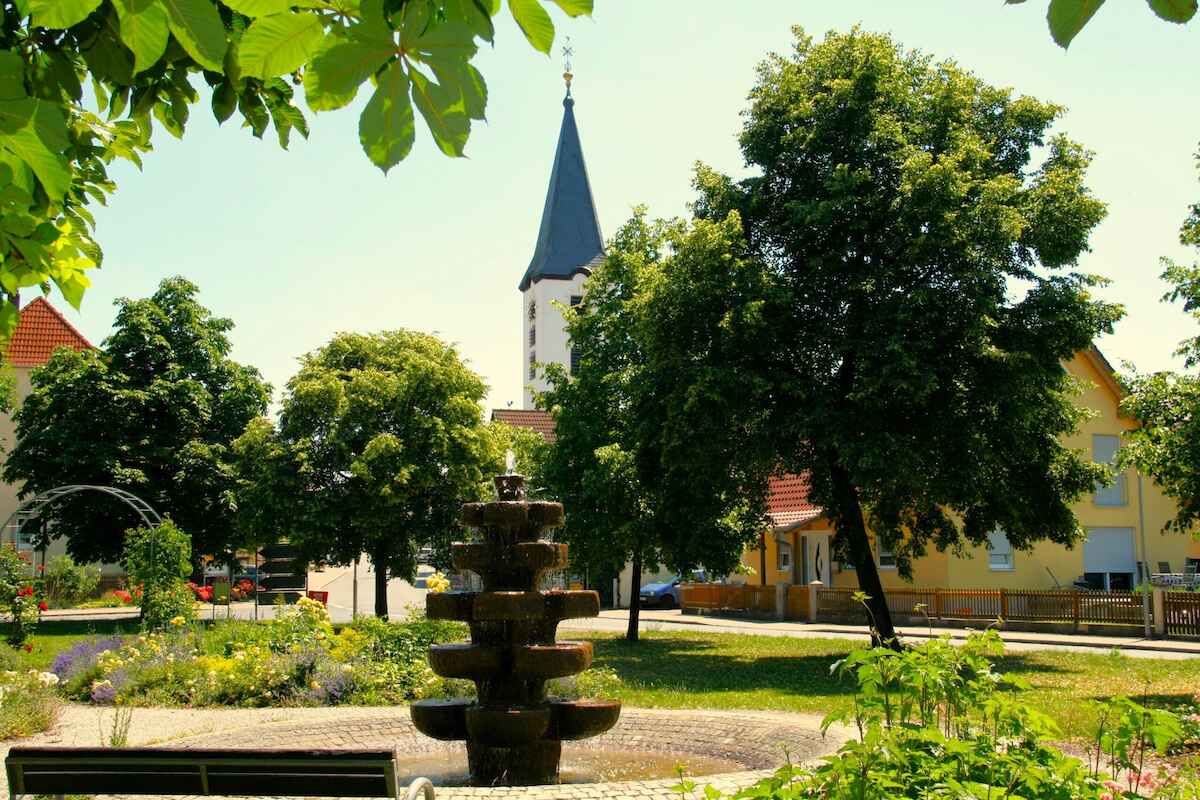
Peter Deusel 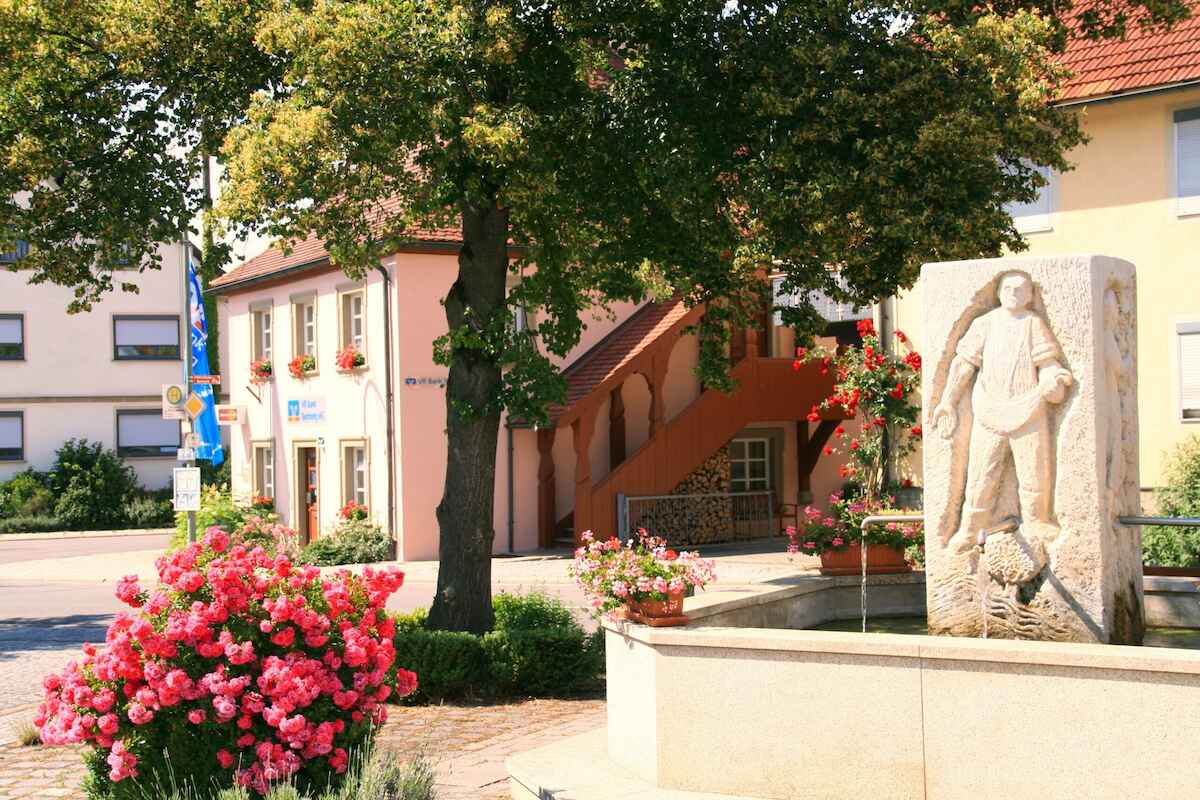
Peter Deusel 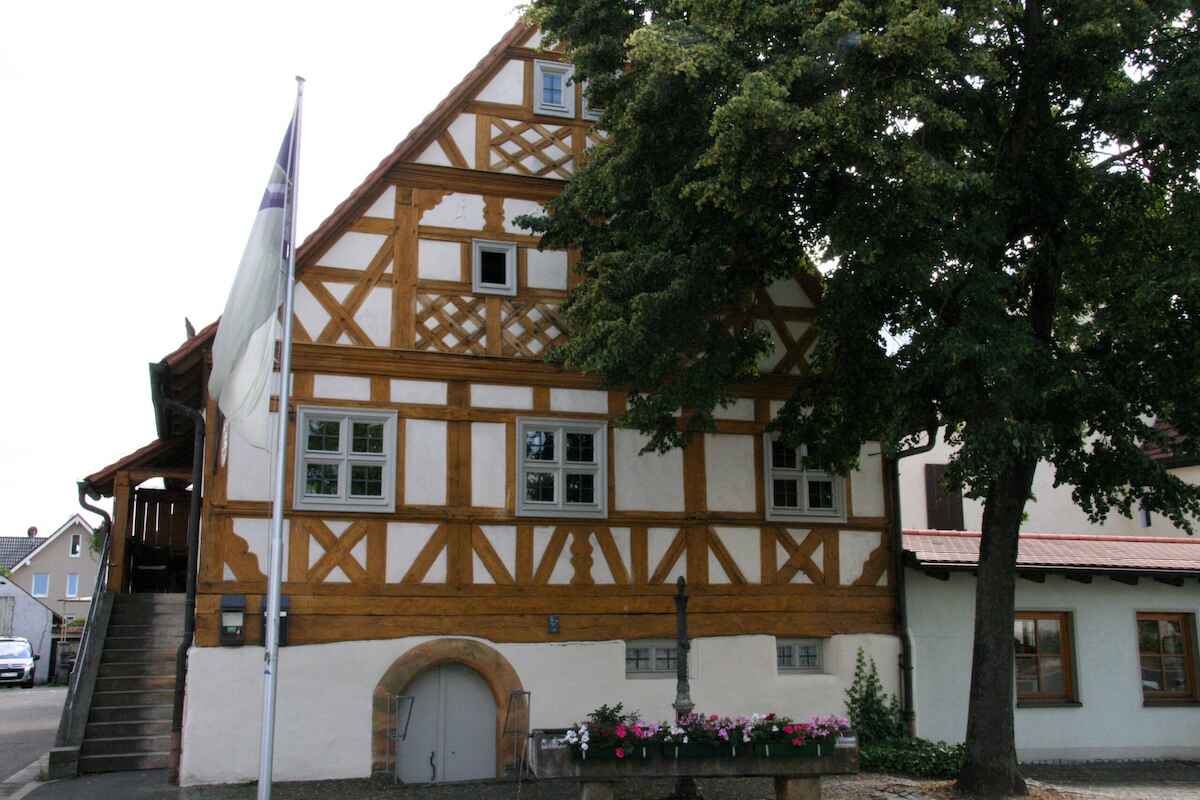
Peter Deusel
Stadtteil Wanne
Wanne, als Teil der ehemaligen Stadt Wanne-Eickel, ist vielen bekannt für seinen Mond bzw. den entsprechenden Schlager aus den 1960er Jahren. Doch was lässt sich noch über Wanne sagen?
Bis zur kommunalen Gebietsreform in Nordrhein-Westfalen 1975 Zentrum der eigenständigen Stadt Wanne-Eickel, ist Wanne als Stadtbezirk heute Teil der Stadt Herne. Der Stadtbezirk liegt im Nordwesten der Stadt Herne und grenzt an die Nachbarstädte Gelsenkirchen und Herten.
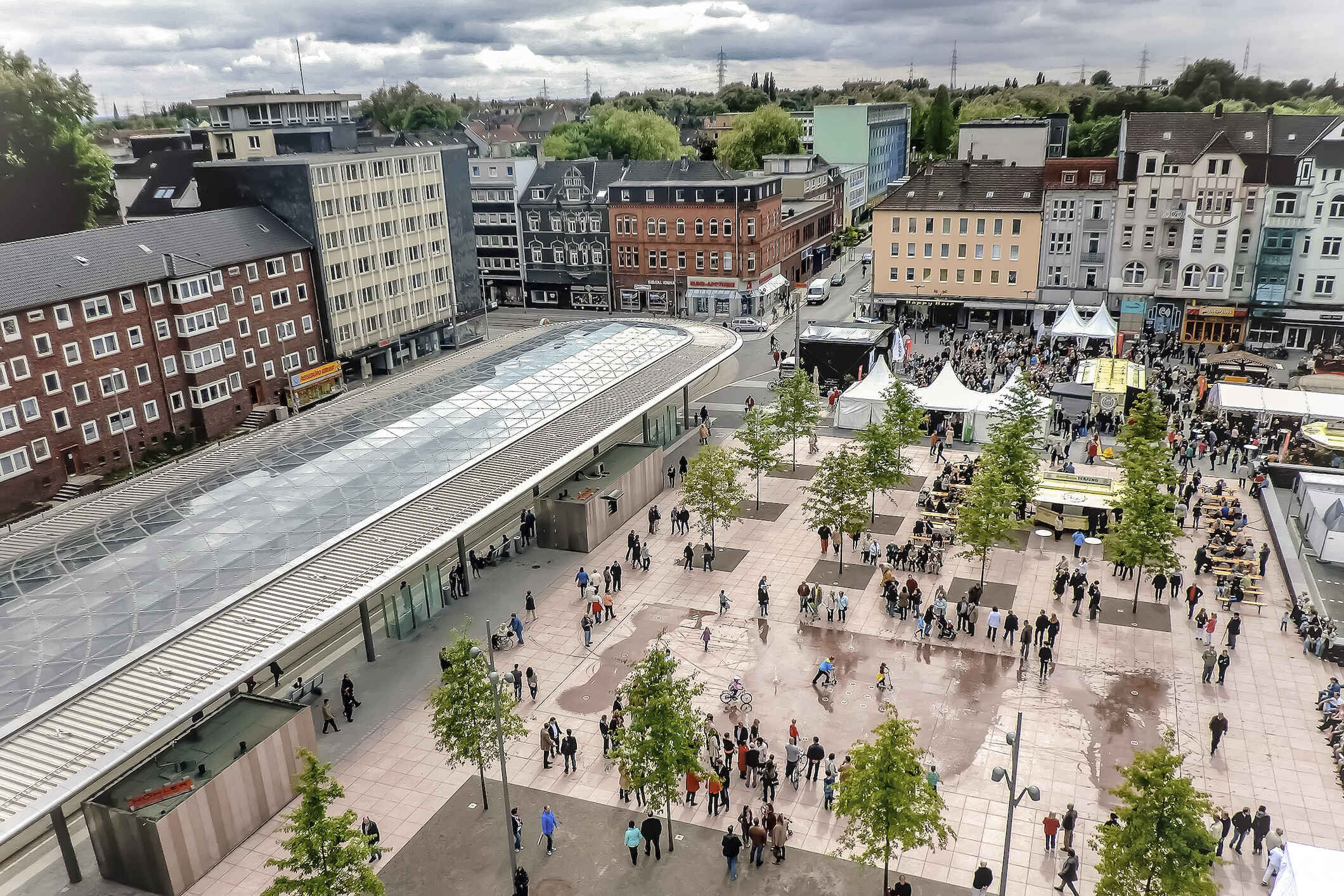
Diese Städte waren 2023 dabei
Buchholz in der Nordheide
Der Klimawandel ist wohl eine der größten Herausforderungen, der sich die Menschheit heute stellen muss. Global wie lokal. Buchholz in der Nordheide, mit rund 42.000 Einwohnern die größte Stadt im Landkreis Harburg, gestaltet den dafür notwendigen Transformationsprozess gemeinsam mit den Bürgerinnen und Bürgern.
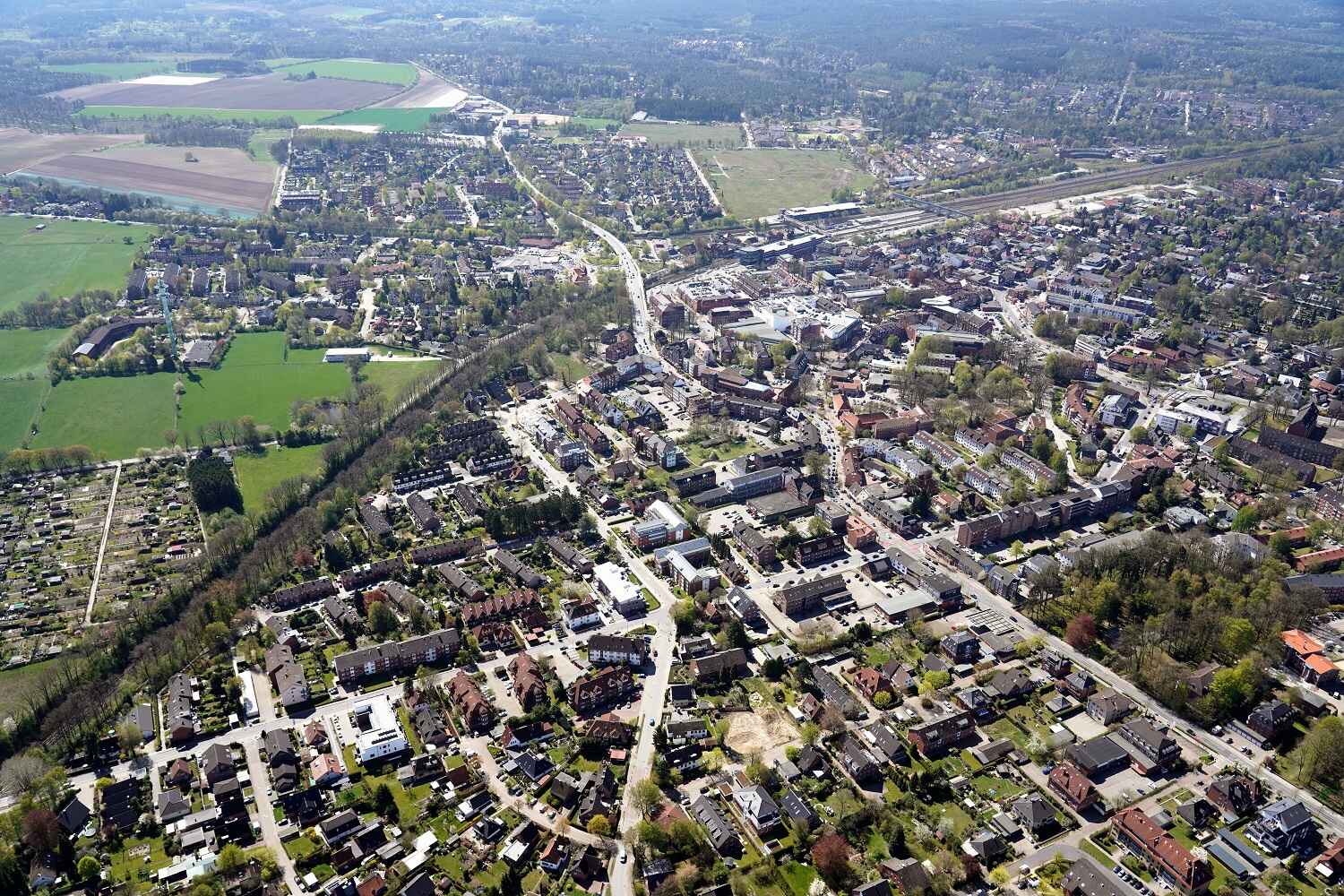
Eichstätt
Die Große Kreisstadt Eichstätt ist mit über 14.000 Einwohnerinnen und Einwohnern Mittelzentrum einer der wirtschaftsstärksten Landkreise Deutschlands und gelegen im Herzen des Naturparks Altmühltal. Die Kommune ist ein starker Bildungsstandort, der vor allem auch durch die Ansiedlung der Katholischen Universität Eichstätt-Ingolstadt (KU), aber auch durch den örtlichen Bischofssitz geprägt ist.

Gemeinde Litzendorf
Litzendorf ist eine Gemeinde in Oberfranken mit ca. 6.100 Einwohner:innen in acht Ortsteilen. Das Gemeindegebiet liegt zwischen den Ausläufern der fränkischen Schweiz und der Stadt Bamberg.
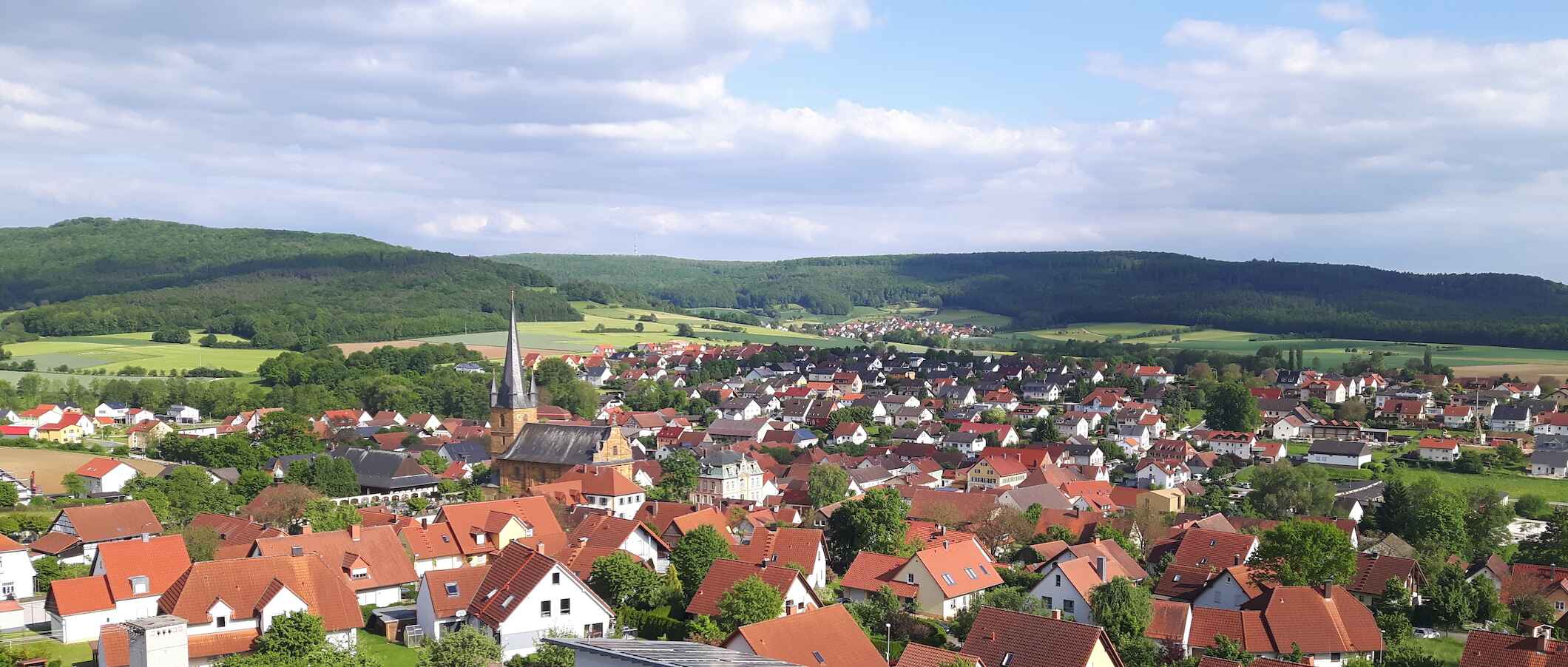
Schwelm
Im 9. Jahrhundert begann die Geschichte der Stadt. Um einen „Fronhof“ genannten Herrenhof des Erzbischofs von Köln und eine Kirche herum nahm das Werden und Wachsen des Ortes seinen Lauf. Seinen Namen leitet Schwelm von „Swalam“ ab, dem An-Schwellen des Flusses Schwelme. Schwelm erhielt 1496 und 1590 die Stadtrechte.
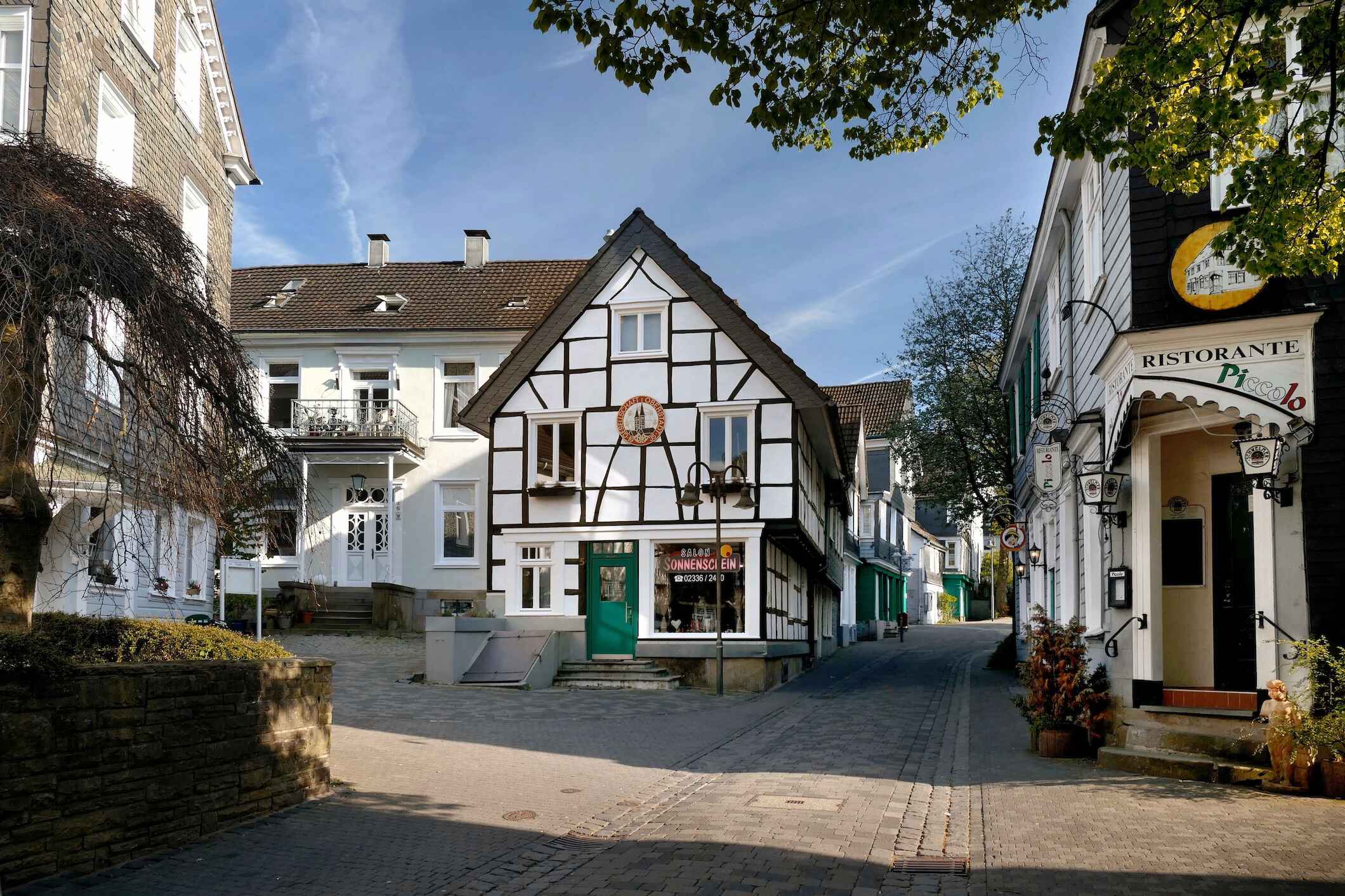
Sulz am Neckar
Der staatlich anerkannte Erholungsort Sulz am Neckar liegt mit seinen neun Teilorten im Bereich des Mittleren Schwarzwaldes, eingebettet in die Taler des Neckars, der Glatt und des Mühlbachs. Den Freizeitaktivitäten im Schwarzwald sowie der naheliegenden Schwäbischen Alb sind kaum Grenzen gesetzt.
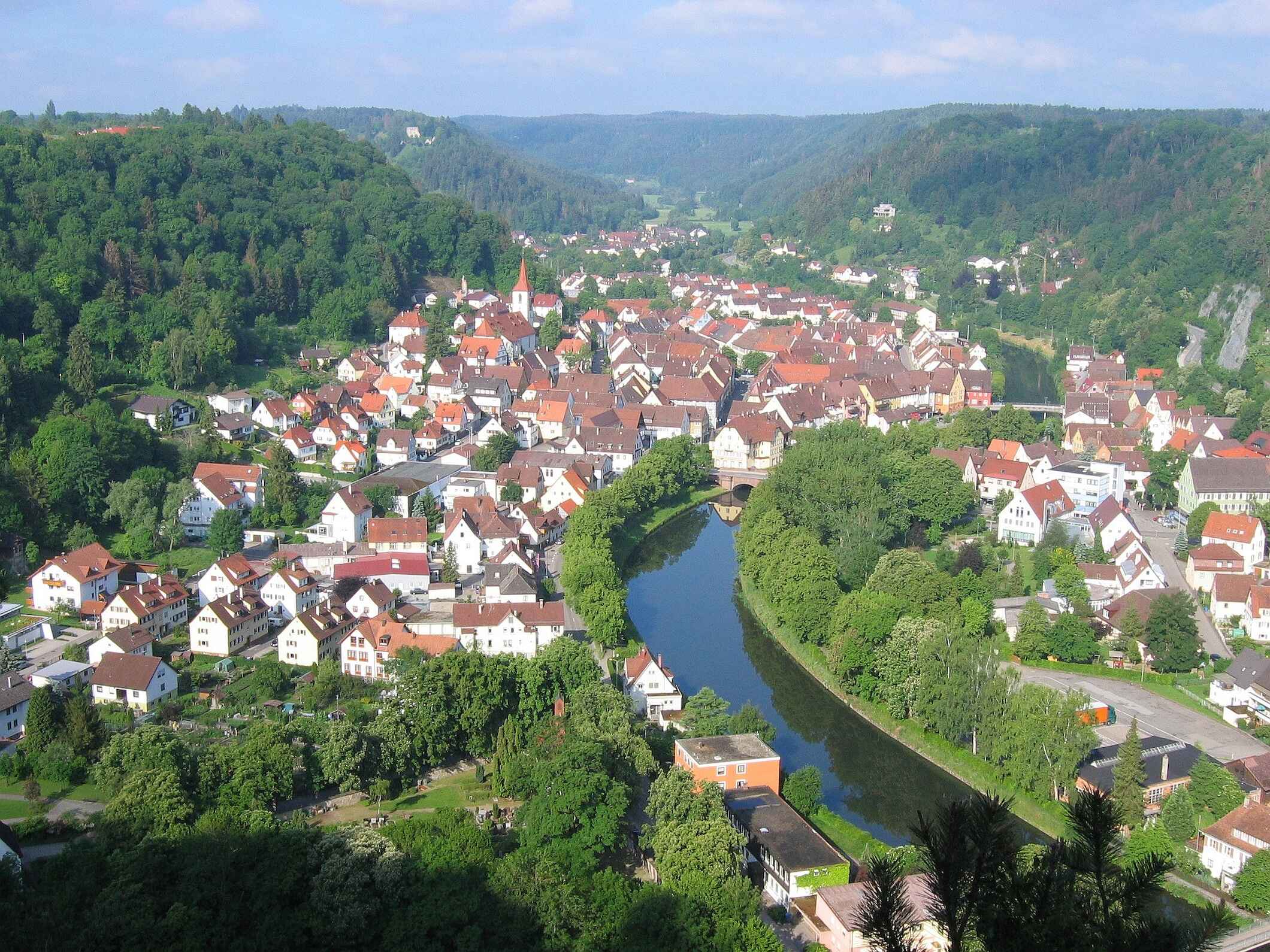
Diese Städte waren 2022 dabei
Arnsberg
Fragen des Alterns sind für die Arnsberger:innen kein Tabuthema. Ganz im Gegenteil: Arnsberg setzt sich für eine altersgerechte Stadt ein, in der alle Bürger:innen sich wohlfühlen. Ziel ist es, dem voranschreitenden demografischen Wandel mit vielfältigen Projekten und kreativen Ideen zu begegnen.
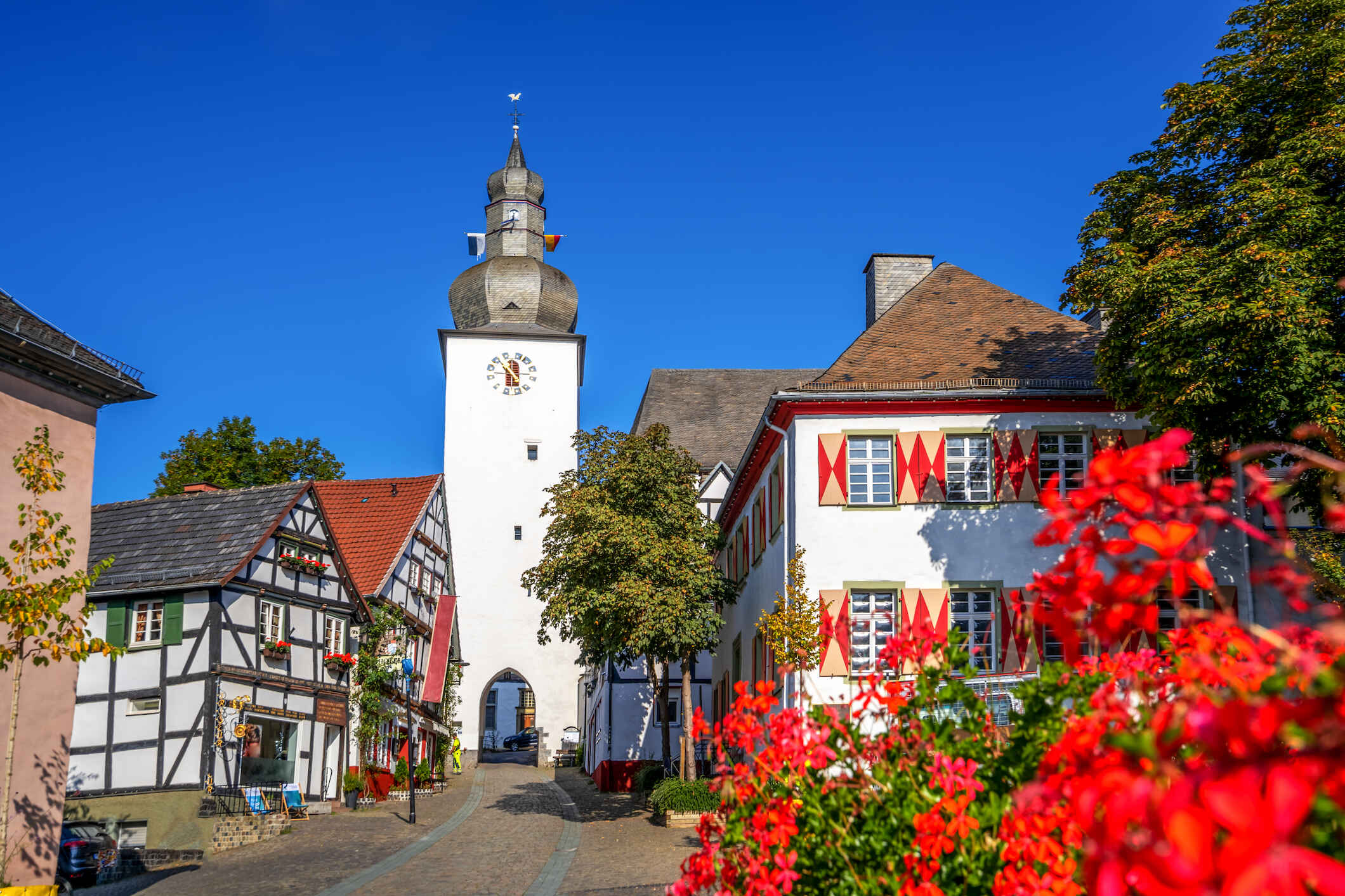
Kaufbeuren
Kaufbeuren bietet seinen Bürger:innen eine hohe Lebensqualität. Inmitten der Natur des Allgäus sind der Freizeitgestaltung keine Grenzen gesetzt. Doch unter anderem auch die Innenstadt soll sich in den kommenden Jahren weiterentwickeln und in seinem historischen Altstadtkern und zum Beispiel viel Platz für grüne Oasen und das Zusammentreffen der Bürger:innen bieten.
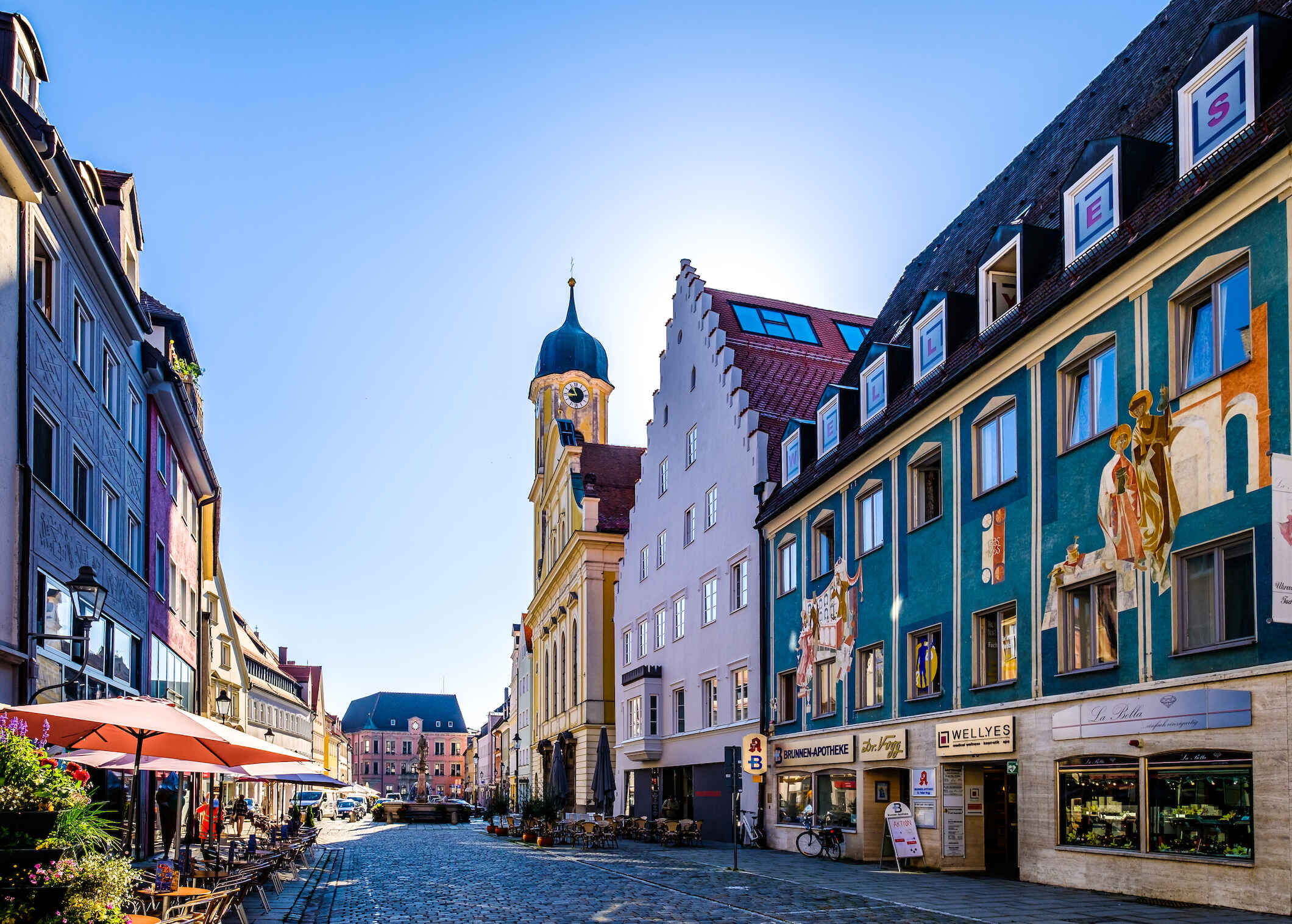
Mannheim
Mit dem Leitbild Mannheim 2030 und dem Vorhaben Mannheim besser machen soll Mannheim sich in eine nachhaltige, zukunftsfähige Stadt verwandeln. Ziel ist es, vor Ort zur Erfüllung der von den Vereinten Nationen formulierten Nachhaltigkeitsziele (Sustainable Development Goals) beizutragen und damit globalen Herausforderungen wie der Klimakrise oder der Pandemie entschieden entgegenzutreten.

Rendsburg
Rendsburg ist eine lebendige Stadt im Herzen Schleswig-Holsteins. Direkt am Nord-Ostsee-Kanal gelegen ist sie nicht nur als Wirtschaftsstandort der Region bekannt, sondern bietet ihren Bürgerinnen und Bürgern auch ein breites kulturelles Angebot. Egal ob bei den regelmäßigen Stadtfesten, auf den Wochenmärkten oder bei gemeinsamen Müllsammelaktionen: In Rendsburg wird der soziale Zusammenhalt großgeschrieben.
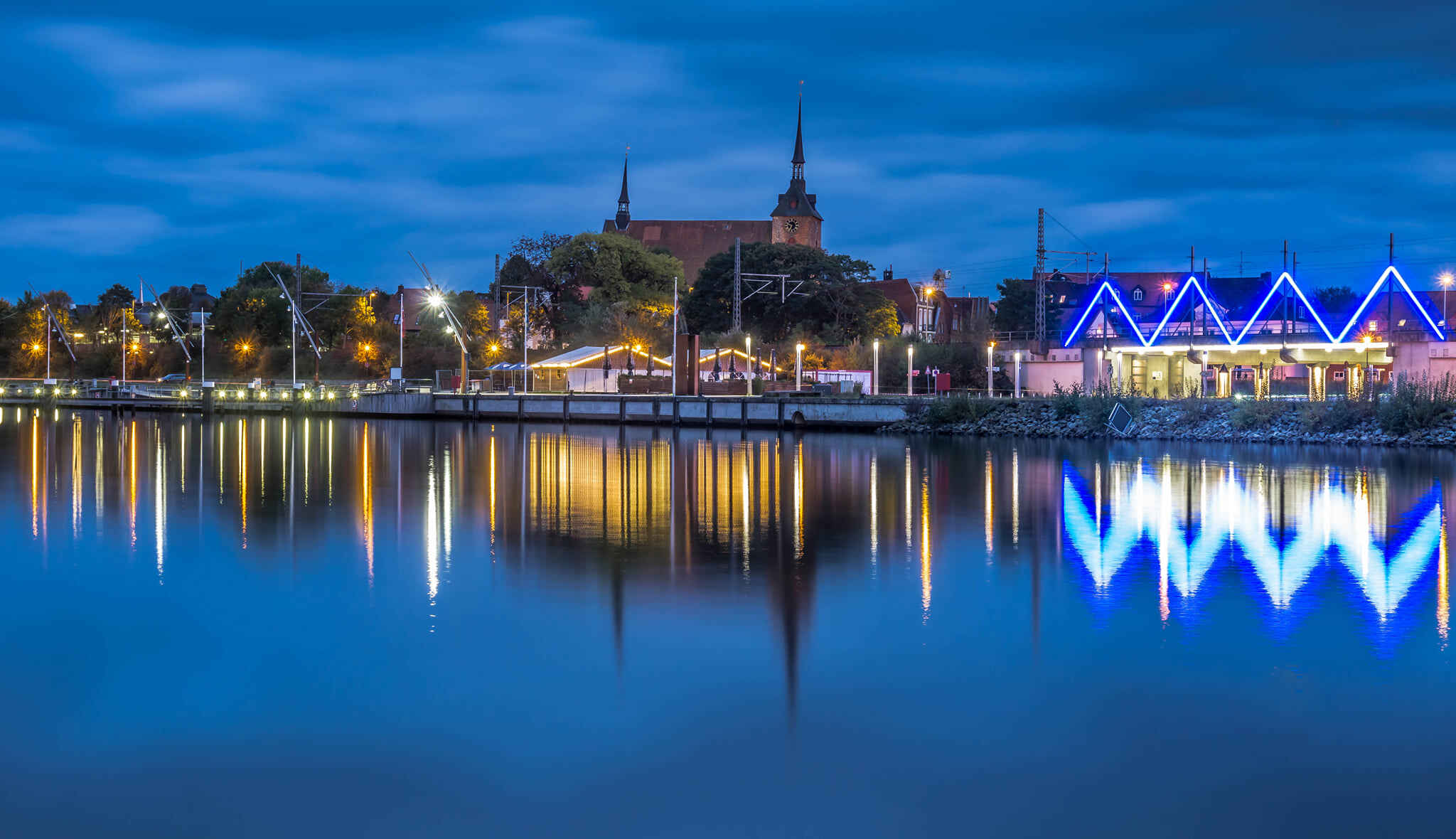
Orte, an denen wir vor 2022 aktiv waren
In unseren Initiativen sehen wir es als unsere Aufgabe an, Menschen miteinander ins Gespräch zu bringen, um gesellschaftlichen Herausforderungen gemeinsam zu begegnen. Denn es sind die Bürgerinnen und Bürger, die die Expertise haben, wenn es um ihre Stadt geht. Von 2019-2022 waren wir deshalb bereits im Rahmen des Vorgängerprojekts „Meine Stadt besser machen“ in fünf Landkreisen und acht Städten aktiv. In den zahlreichen Bürgerinnen- und Bürgerdialogen vor Ort waren Kreativität keine Grenzen gesetzt und es wurden viele spannende Projekte entwickelt und umgesetzt.
Hamburg
In Hamburg haben wir gemeinsam mit Zeit: Hamburg zu Kneipengesprächen in verschiedenen Stadtteilen eingeladen. Jung und Alt sind bei Kaltgetränken zusammengekommen und haben Ideen für eine grünere Innenstadt, den Ausbau der Fahrradwege und mehr soziales Miteinander gesammelt.
Halle
Gemeinsam mit der Bürgerstiftung Halle haben wir Bürgerinnen- und Bürgerdialoge an den unterschiedlichsten Orten der Stadt organisiert – mit tollen Ergebnissen: Bürgerinnen und Bürger verabreden sich zu regelmäßigen Müllsammelaktionen, ein autofreier Innenstadtring wird geplant und beim Seniorinnen- und Seniorentanz wird der Generationenaustausch gefördert.
Vorpommern
Von der Uecker-Randow-Region über den Altkreis Demmin bis zur Insel Rügen – unter der Schirmherrschaft des Parlamentarischen Staatssekretärs für Vorpommern in Zusammenarbeit mit der Stiftung für Ehrenamt und bürgerschaftliches Engagement in Mecklenburg-Vorpommern und mit der Landeszentrale für politische Bildung in Mecklenburg-Vorpommern, haben wir die Bürgerinnen und Bürger in Vorpommern sprechen lassen. Mit großem Erfolg: Die Ideen der Bürgerinnen und Bürger haben in der Vorpommern-Strategie zur Entwicklung des Bundeslandes bis 2030 Eingang gefunden.
Stuttgart
In Stuttgart wurde die politische Teilhabe junger Erwachsener gefördert: Gemeinsam mit der Bürgerstiftung Stuttgart konnten Jugendliche im Rahmen der Jugenddialoge konkrete Wünsche für die Zukunft des Bezirks Stuttgart-Nord formulieren. Neben einem Jugendcafé im Nordbahnhofviertel und einem Tonstudio im Kinder- und Jugendhaus Nord soll auf den Grünflächen des Bezirks eine Calisthenics-Anlage entstehen, auf der an verschiedenen Trainingsgeräten Sport im Freien getrieben werden kann.
Stendal
In Stendal wird der soziale Zusammenhalt großgeschrieben. Mitten in der Corona-Pandemie haben wir gemeinsam mit der Freiwilligenagentur Altmark e.V. und der Bertelsmann Stiftung zu digitalen Nachbarschaftsgesprächen eingeladen und viele Ideen für einen generationenübergreifendes Miteinander gesammelt. Ein Spiele-Café, in dem Kinder, Seniorinnen und Senioren gemeinsame Nachmittage verbringen können, ist nur einer der zahlreichen Vorschläge, die nun in die Tat umgesetzt werden.
Ruhrgebiet
Mehr als 1200 Ideen für Bottrop, Herne und Oberhausen sammelten die Bürgerinnen und Bürger des Ruhrgebiets bei Kneipengesprächen. Maßgeblich zum Erfolg des Projektes, das in Kooperation mit der Brost Stiftung durchgeführt wurde, haben die Ideenbotschafterinnen und -botschafter beigetragen. 20 Engagierte aus der Region leiteten die Kneipengespräche an, dokumentierten die Ergebnisse und trugen sie weiter, um eine Realisierung möglich zu machen.
Forst
Die Region rund um Forst und das benachbarte Spremberg erfindet sich neu. Um sich noch wohler zu fühlen, wünschten Bürgerinnen und Bürger sich in den Ortsteilgesprächen, die in Zusammenarbeit mit dem Kompetenzzentrum Forst e.V. organisiert wurden, vor allem den Ausbau des Radwegnetzes und mehr Begegnungsorte.
Eindrücke aus den Städten und Gemeinden
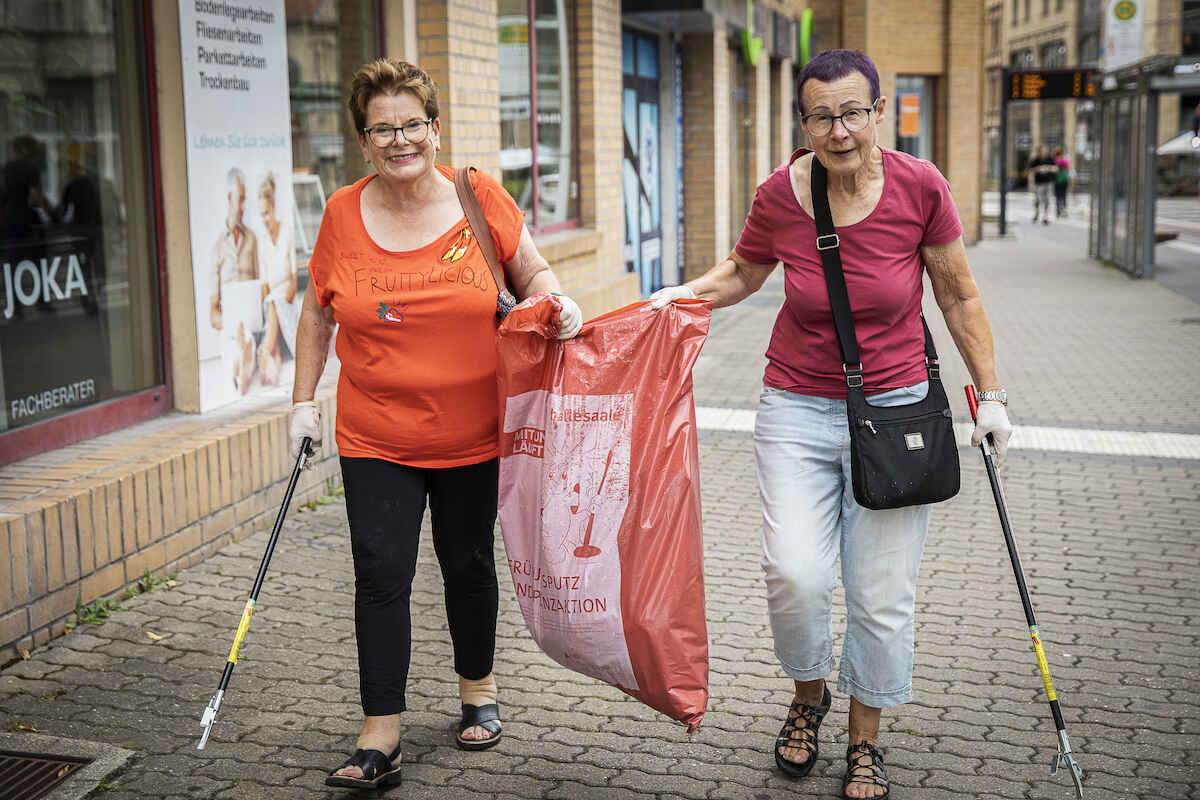
Bürger:innen in Halle verabreden sich zum Müllsammeln in ihrer Stadt Bürgerstiftung Halle 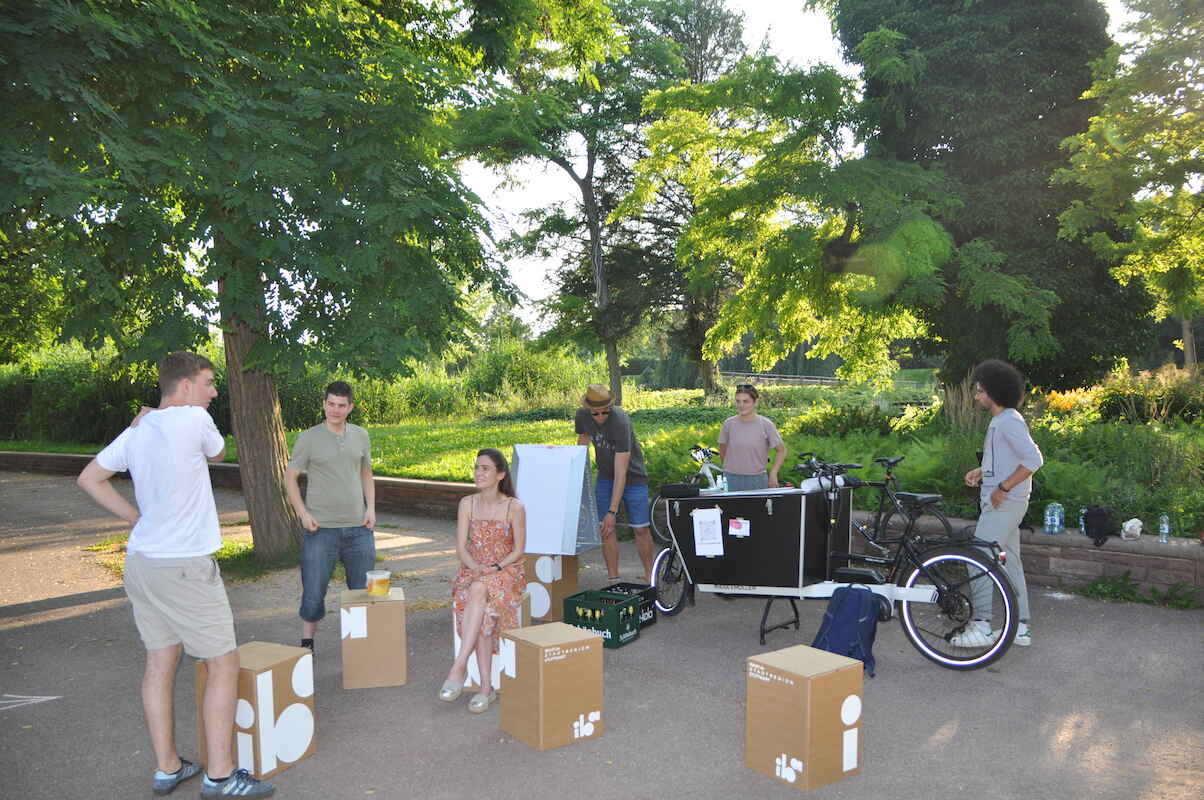
Jugendliche entwickeln Ideen im Rahmen von "Stuttgart besser machen" Bürgerstiftung Stuttgart 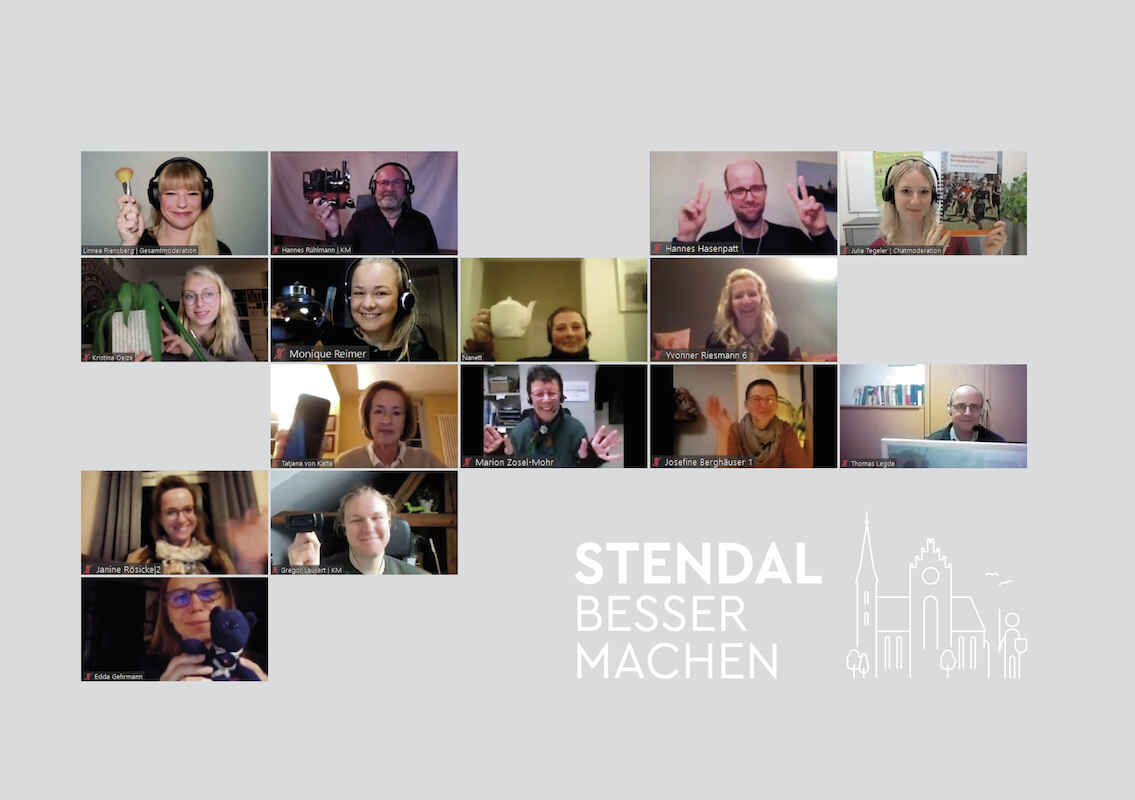
Die digitalen Nachbarschaftsgespräche bei „Stendal besser machen“ Körber-Stiftung 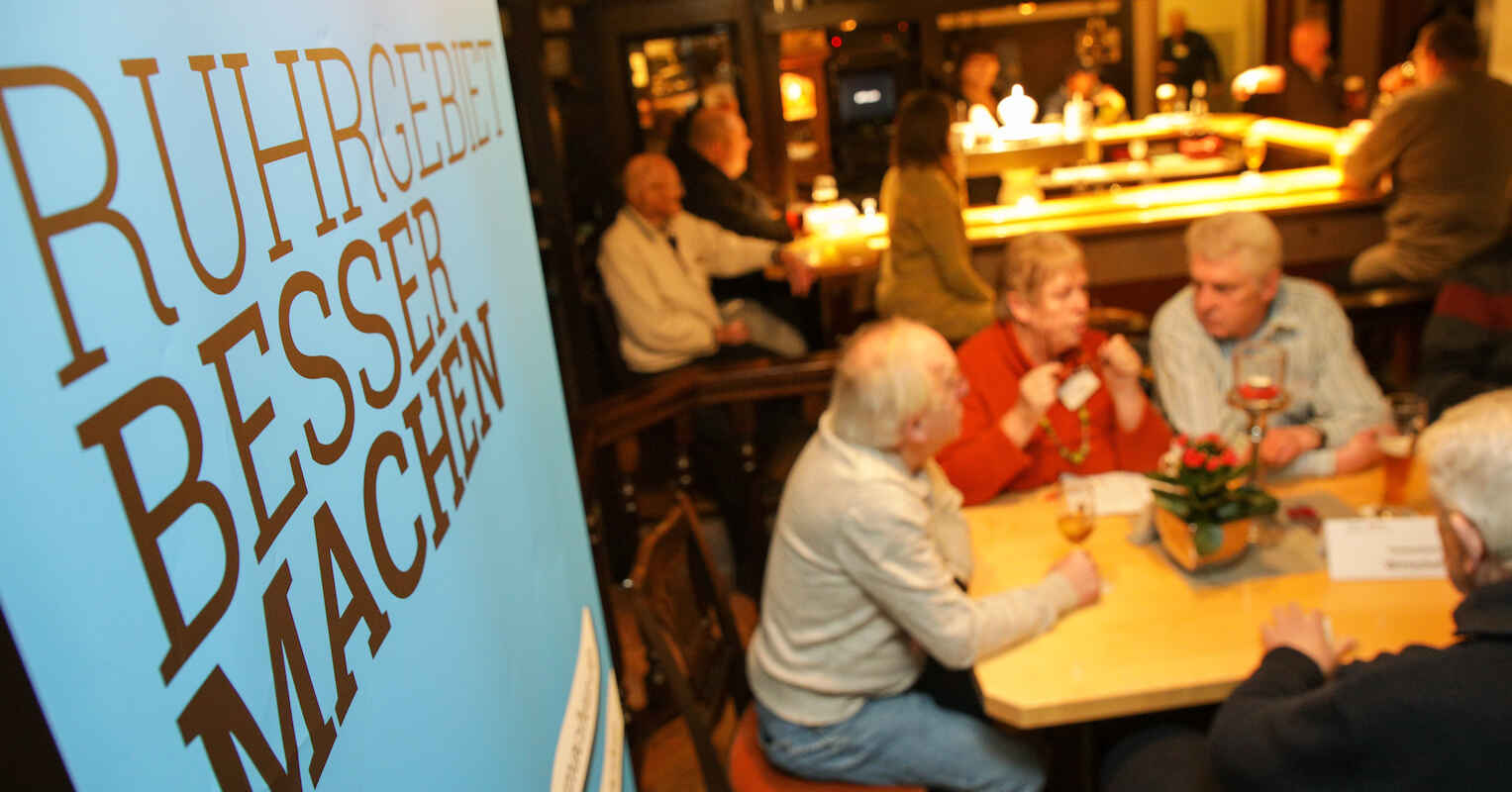
Ideen entwickeln bei den Kneipengesprächen von „Ruhrgebiet besser machen“ Thomas Gödde/Funke Foto Services